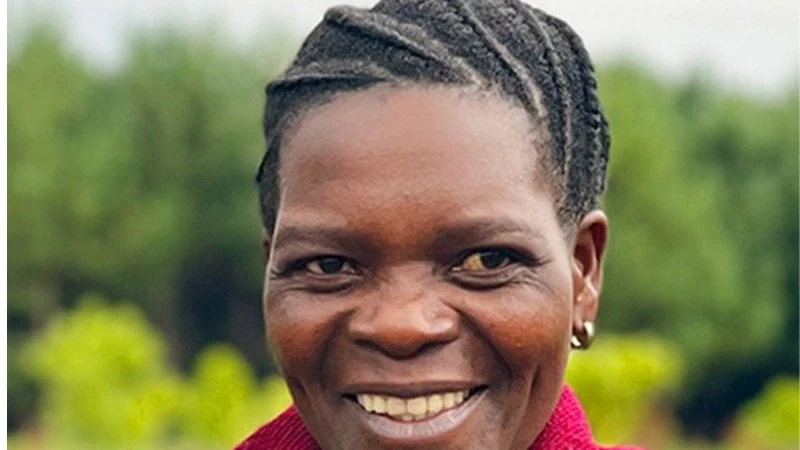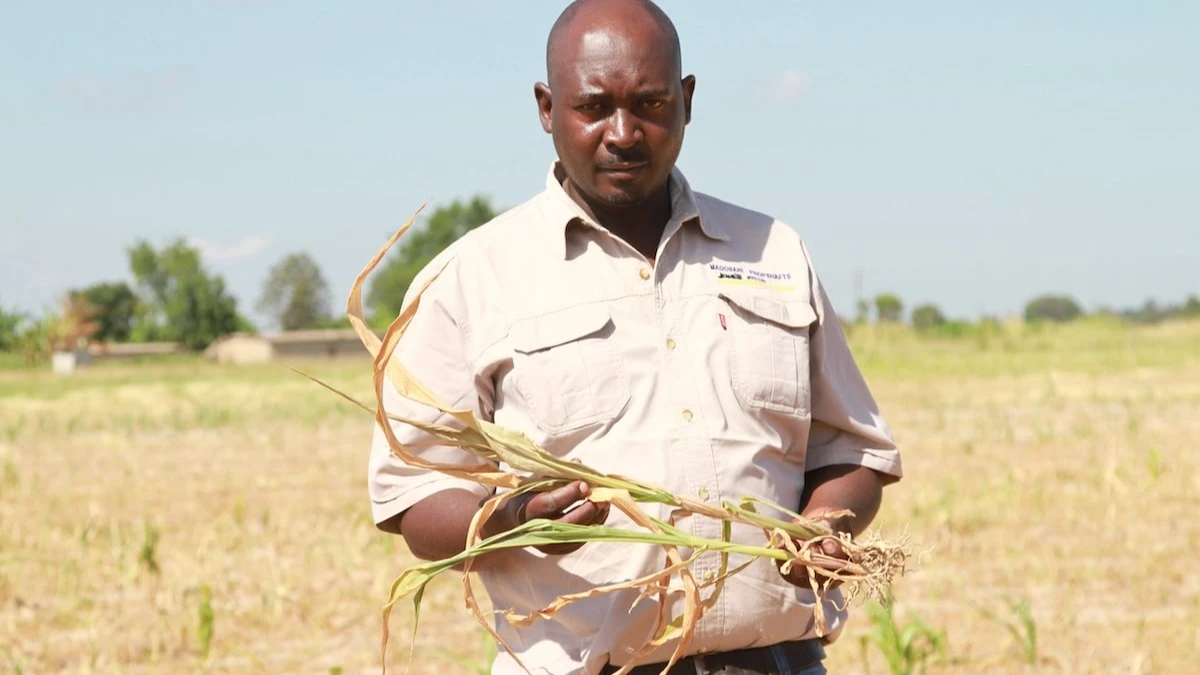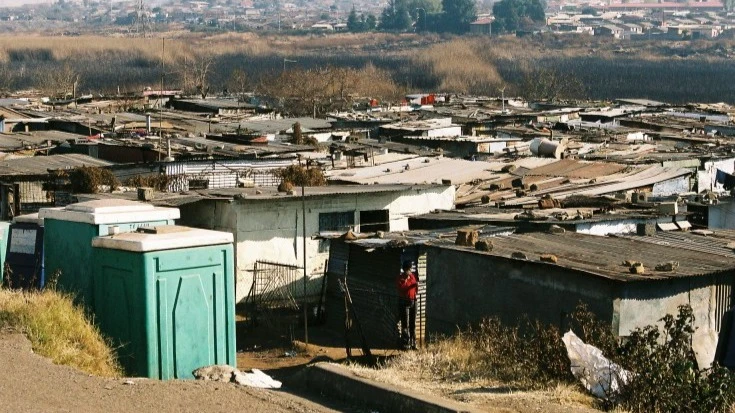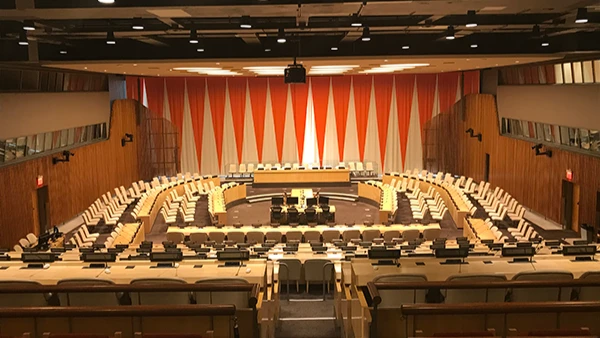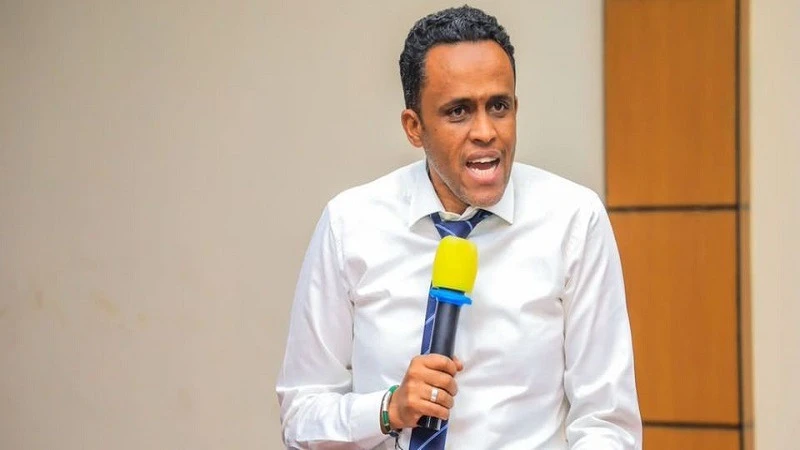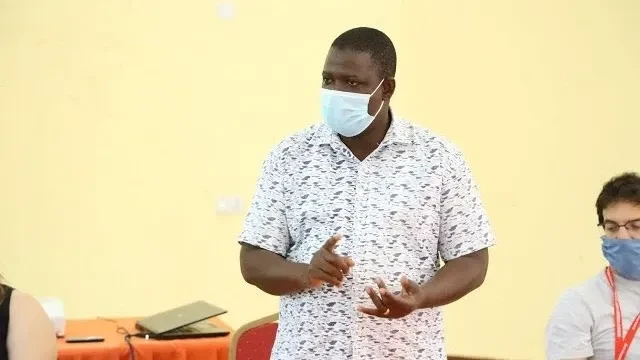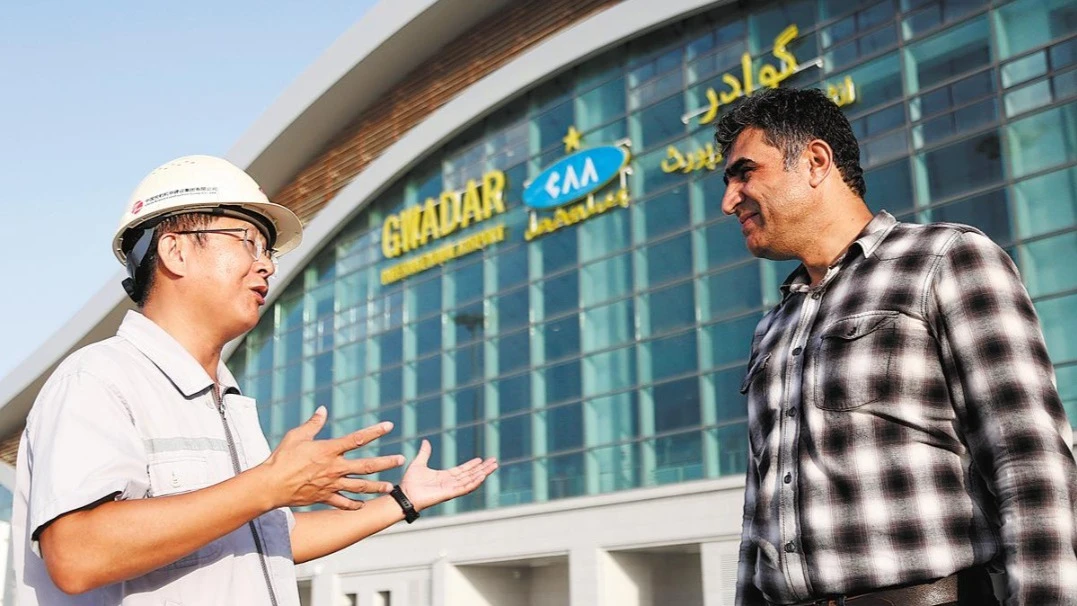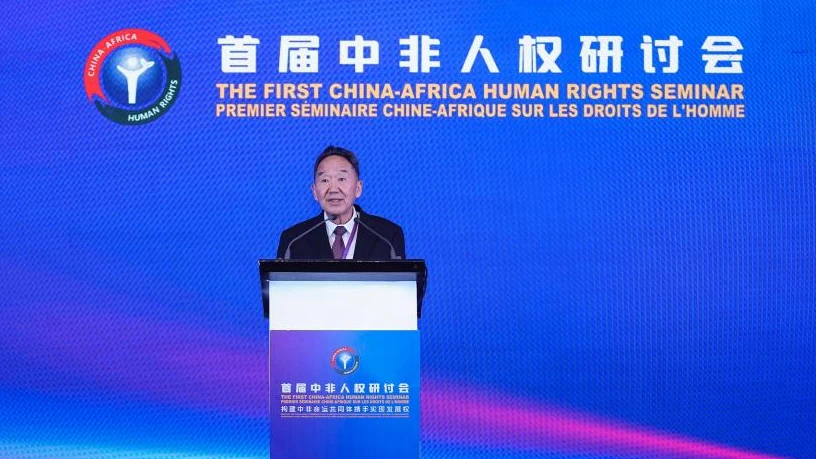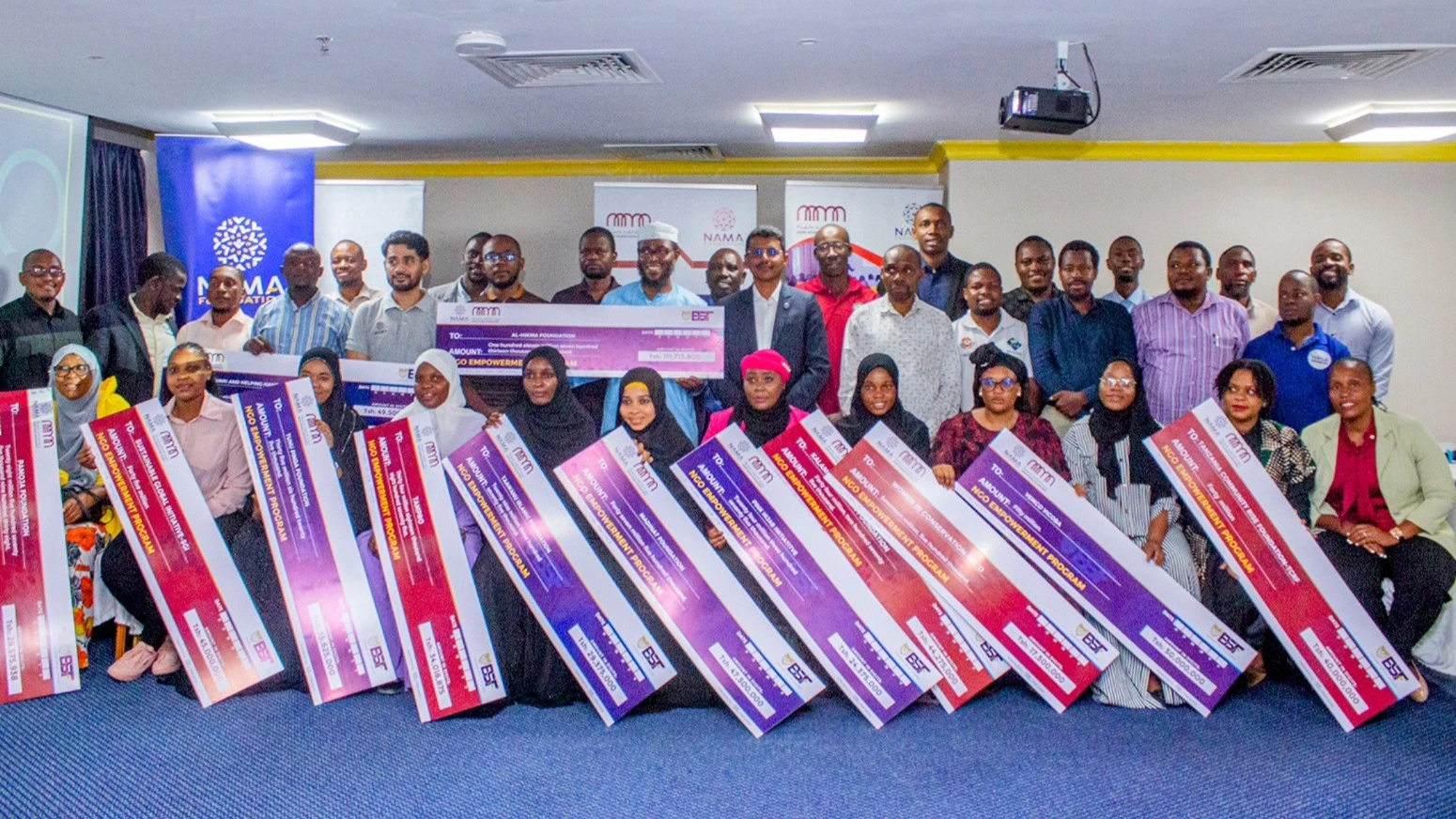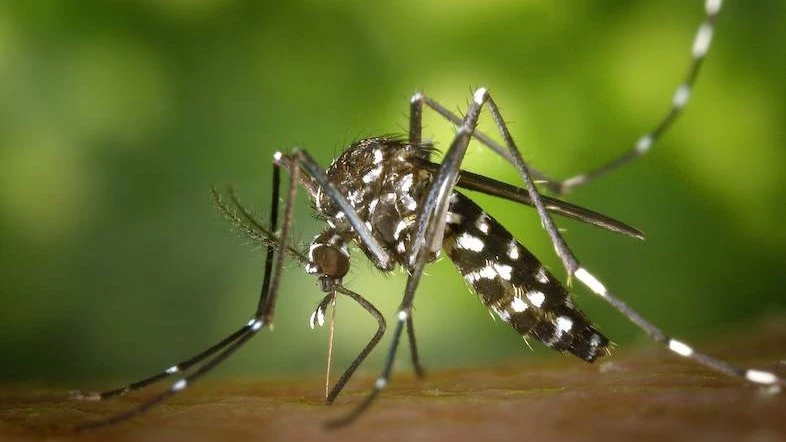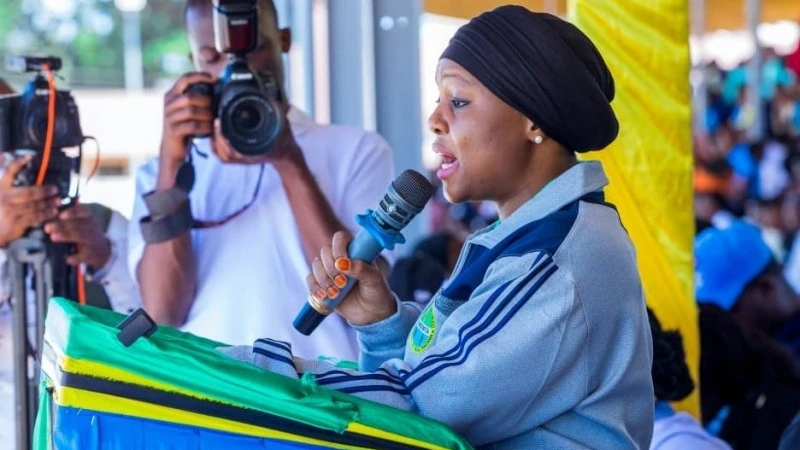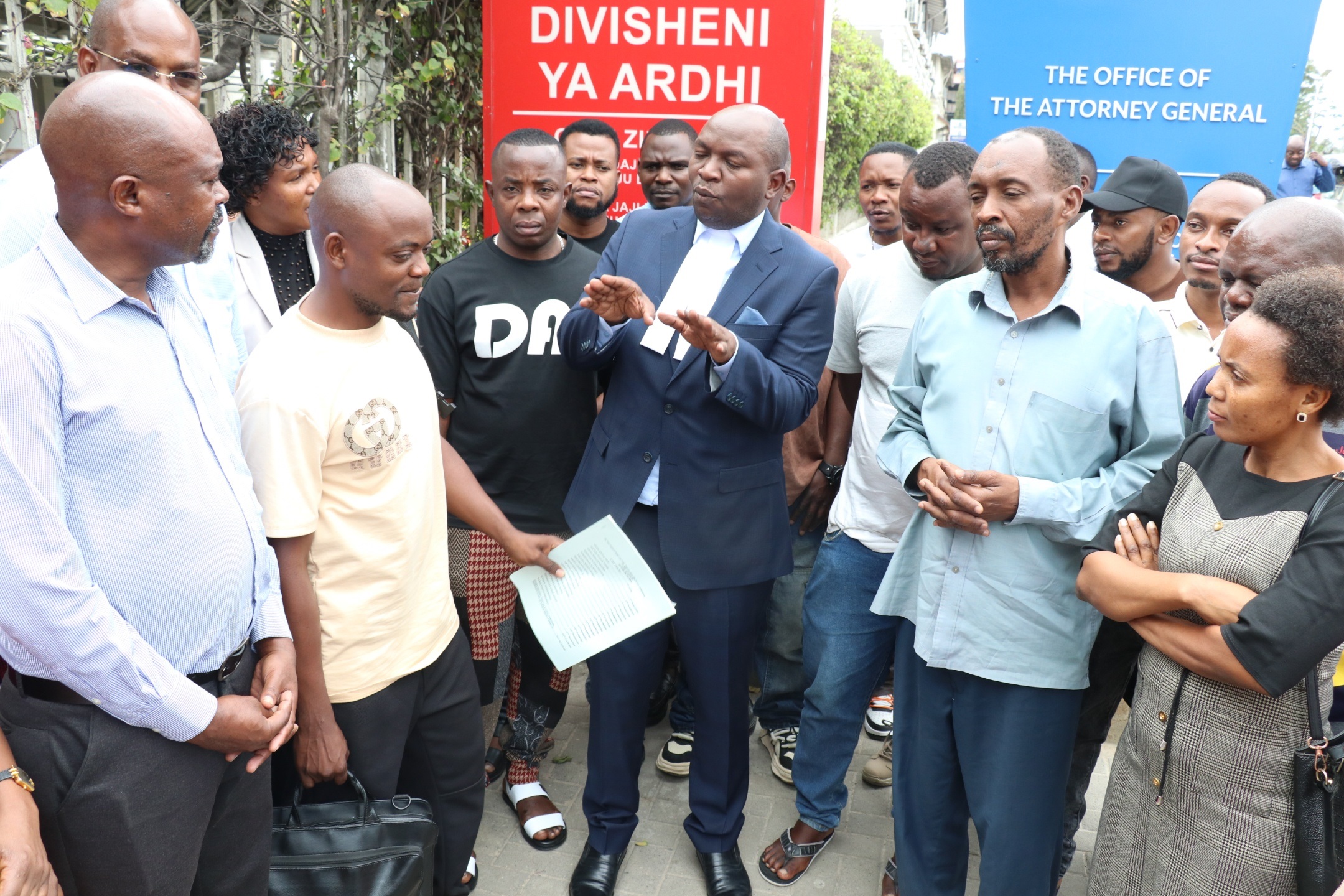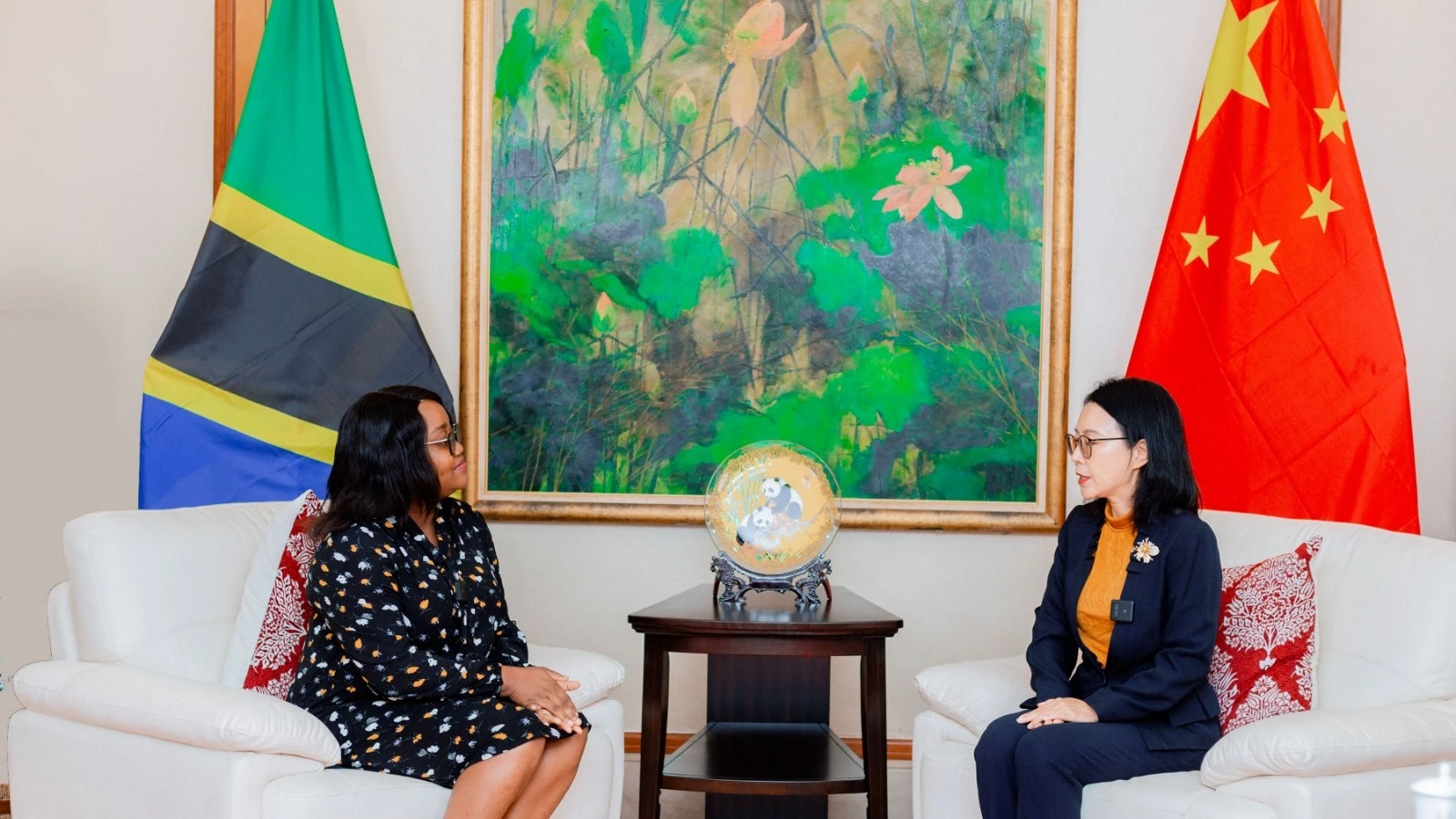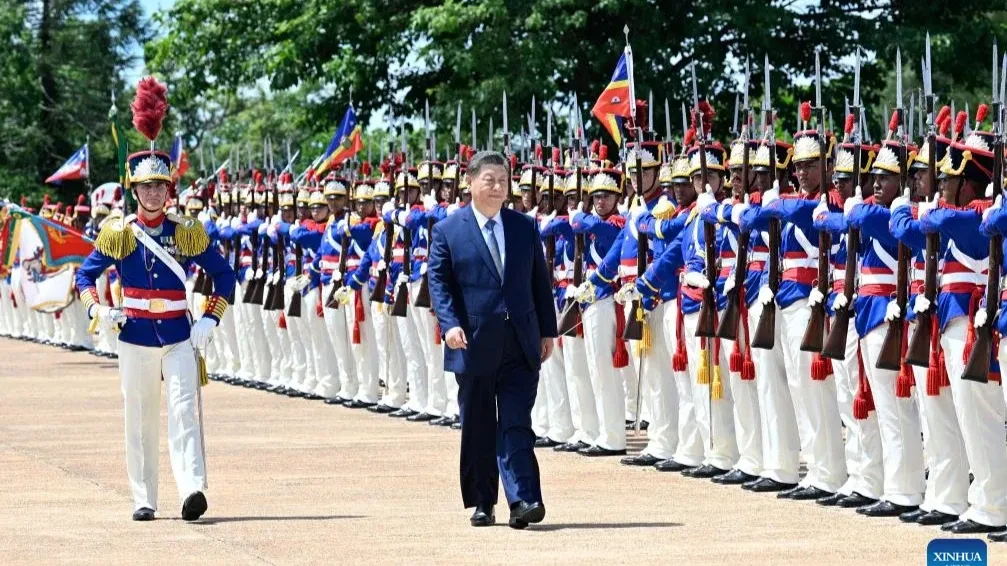World Mosquito Day 2025: Tanzania’s ongoing fight against malaria, public health challenges
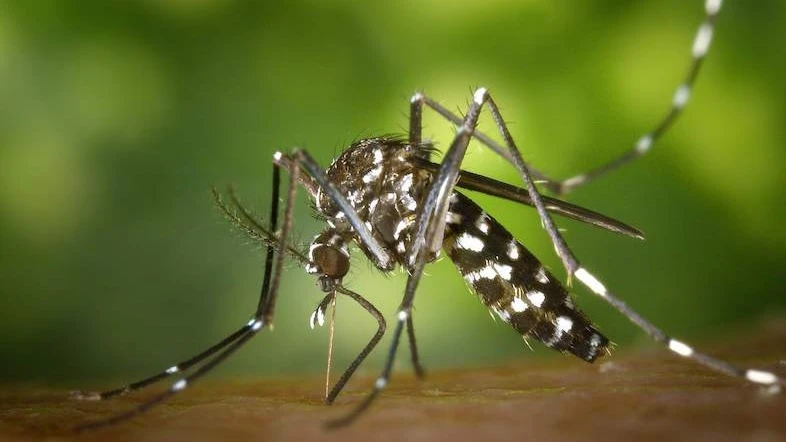
THIS year, the World Mosquito Day, observed on every August 20, offered a sobering reminder of the long and complicated battle against malaria, particularly in Tanzania. While the day is meant to commemorate the 125th anniversary of Sir Ronald Ross’s discovery that mosquitoes transmit malaria, it also serves as a reflection on the progress made and the challenges that remain.
In Tanzania, a country that has made remarkable strides yet continues to grapple with malaria, the day provided an opportunity to assess where the nation stands today and what strategies are proving effective in protecting millions of lives.
In the year 2000, Zanzibar achieved a landmark public health success, virtually eliminating malaria from the islands. Through a combination of widespread distribution of long-lasting insecticidal nets, indoor residual spraying, and rigorous community education, Zanzibar demonstrated that malaria could be brought under control with targeted, sustained efforts.
This achievement provided a powerful blueprint not just for mainland Tanzania but for the wider African continent, highlighting the potential of coordinated, evidence-based interventions. However, the situation on the mainland presents a different and more complex challenge, where malaria remains one of the most pressing public health issues in the country.
Over the past two decades, Tanzania has experienced both progress and setbacks in its fight against malaria. In the early 2000s, intensive campaigns, supported by international partners, drove down transmission rates significantly. Long-lasting insecticidal nets became widely available, and community health initiatives brought both awareness and treatment closer to the populations that needed them most.
Yet, despite these gains, malaria continues to exact a heavy toll. The disease disproportionately affects children under five and pregnant women, and localized outbreaks remain a significant public health concern.
Several factors have contributed to the current situation. The COVID-19 pandemic disrupted health services, delaying the distribution of preventive tools and limiting access to diagnosis and treatment.
Additionally, mosquitoes themselves have adapted; growing insecticide resistance has reduced the effectiveness of standard pyrethroid-treated nets, a cornerstone of malaria prevention. Environmental changes and climate-related factors, such as fluctuating rainfall patterns and rising temperatures, have also influenced mosquito breeding cycles and disease transmission, adding another layer of complexity to malaria control efforts.
Amid these challenges, Tanzania has embraced new strategies to regain ground. A central part of this effort is the introduction of dual active-ingredient mosquito nets, such as PermaNet Dual. Unlike traditional nets that rely solely on pyrethroids, these dual nets combine two insecticides that target mosquitoes through complementary mechanisms.
Chlorfenapyr disrupts the mosquito’s energy system, while deltamethrin attacks its nervous system. Field trials in regions with high insecticide resistance, including parts of East Africa, have shown that dual nets can reduce malaria transmission by more than 50%, and in some settings, the reduction reaches 75%. This development is considered a game-changer for malaria prevention in Tanzania, providing hope for areas where standard interventions are increasingly less effective.
The rollout of dual nets in Tanzania is accelerating through close collaboration with national and regional health authorities. Partnerships with institutions like KEMRI, Ghana’s Noguchi Memorial Institute, and CREC in Benin ensure the nets are tested under real-world conditions, using local mosquito populations to fine-tune their effectiveness. This approach not only strengthens scientific capacity in Tanzania but also empowers communities to lead their malaria control efforts.
On the ground, health teams are increasingly tailoring interventions to local conditions. Rather than applying uniform strategies, districts analyze malaria transmission patterns, mosquito behavior, and community practices to identify the most effective mix of tools.
In some areas, this means prioritizing dual nets and community education; in others, indoor residual spraying and enhanced surveillance take the lead. This data-driven approach makes malaria prevention more efficient, targeted, and sustainable.
Despite the sophistication of these interventions, behavioral and logistical challenges persist. Ensuring that bed nets are properly used and maintained is critical to their effectiveness. Communities need ongoing education and support, particularly in rural areas where access to health services is limited.
Malaria control is not only a technical challenge but also a social one; long-term success depends on the cooperation and engagement of the people at risk. For health workers in Tanzania, this has meant building trust, listening to local concerns, and adapting messaging to fit cultural and community contexts.
The role of local scientists and public health experts cannot be overstated. In Tanzania, homegrown expertise has increasingly shaped the development and deployment of malaria prevention tools.
Scientists working within the country contribute to research, field trials, and program design, ensuring that interventions are relevant to the specific epidemiological realities of the region.
The collaboration between research institutions and government agencies has enabled rapid adaptation to emerging threats, such as insecticide resistance, while also fostering long-term sustainability by developing local capacity for innovation. This shift towards locally led solutions represents a broader trend across Africa, where the continent is taking ownership of its health challenges and contributing knowledge and expertise to the global fight against malaria.
Looking ahead, Tanzania faces both opportunities and uncertainties. The introduction of dual nets is only one piece of a larger, evolving strategy that includes vaccines, spatial repellents, and other novel tools. Maintaining momentum will require continued investment in research, supply chains, and health infrastructure.
Equally important is the need to address social determinants of malaria, such as housing quality, access to clean water, and education, which influence exposure and vulnerability. By combining technological innovation with community-centered approaches, Tanzania is working to ensure that gains are not only achieved but sustained over the long term.
Equity remains a central concern in malaria prevention. Ideally, every person at risk should have access to effective, quality-assured tools, from insecticide-treated nets to rapid diagnostic tests and treatment. Achieving this vision is challenging, given resource constraints and the logistical complexity of reaching remote or underserved populations. However, Tanzania has demonstrated that progress is possible.
Zanzibar’s landmark achievement in 2000, when malaria cases fell by over 90% under President Amani Karume, shows that coordinated, sustained action can make a lasting impact. On the mainland, these lessons are guiding efforts to close coverage gaps, strengthen health systems, and protect the most vulnerable communities.
Controlling malaria is about more than saving lives—it drives healthier, more productive communities. The World Health Organization notes that meeting malaria targets could prevent millions of deaths and deliver tens of billions in economic gains. For Tanzania, investing in malaria prevention is an investment in national development, helping children stay healthy and in school, adults work effectively, and communities thrive.
On World Mosquito Day, it’s clear the fight is far from over, yet the path forward is sharper than ever. Tools like dual active-ingredient nets, locally led research, and targeted interventions are reshaping malaria prevention. Coupled with lessons from past successes and a focus on equity, these advances make real progress possible. With continued scaling and adaptation, malaria in Tanzania can shift from a persistent threat to a controlled, preventable disease.
From Zanzibar’s historic reduction to today’s nationwide deployment of advanced nets and strengthened local scientific capacity, Tanzania’s story is one of resilience, adaptation, and determination in tackling one of humanity’s oldest foes.
World Mosquito Day serves as a moment to celebrate these efforts, to recognize the progress made, and to reaffirm the commitment to protecting the most vulnerable. It is a reminder that while the mosquitoes are small, the stakes are enormous—and with continued innovation, collaboration, and vigilance, Tanzania’s vision of a malaria-free future is within reach.
Top Headlines
© 2025 IPPMEDIA.COM. ALL RIGHTS RESERVED



